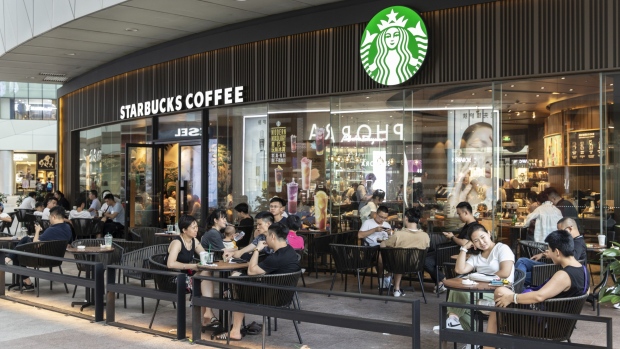Dec 3, 2019
Starbucks is replicating its too-fast U.S. growth in China
, Bloomberg News

When Starbucks Corp. took its American playbook to China two decades ago, that included a controversial chapter: grow extra fast and cannibalize your own stores’ sales.
After snagging enviable 5 per cent growth in the key country in the latest quarter, the coffee giant warned again Tuesday that its China comparable sales could rise as little as 1 per cent this fiscal year. The 1 per cent to 3 per cent growth expected in China would be slower than the 3 per cent to 4 per cent expansion expected in the U.S., despite saturation at home.
“We have picked up the pace of new unit development, and with that comes cannibalization,” Chief Financial Officer Patrick Grismer said during an investor conference hosted by Morgan Stanley.
Intentional Strategy
“We’re effectively doing it to ourselves, we’re doing it intentionally in the interest of growing total transactions and total sales,” he said, while adding that rising competition and slowing economic growth are also having an impact.
The company is opening a location in China about every 15 hours, with an ultimate goal of adding about 600 new cafes this year to its current count of 4,125.
Starbucks over the past several years followed a similar pattern in its home market by opening too many stores too quickly. Sales couldn’t keep up with the openings, and the chain closed about 150 stores in densely penetrated U.S. areas in its last fiscal year.
With slower growth in the U.S. -- especially urban areas -- Starbucks has started opening smaller pick-up only locations. It’s also focused more on rural and suburban real estate with drive-thrus, especially across the Sun Belt region. Performance in the U.S. has shown signs of rebounding.
Starbucks, which has identified the U.S. and China as its key areas of focus, has called out slower growth in China over the past 18 months and even reported a rare negative comparable sales quarter there in 2018. To combat rising competition from brands like Luckin Coffee Inc., Starbucks has been expanding delivery and increasing its advertising.



